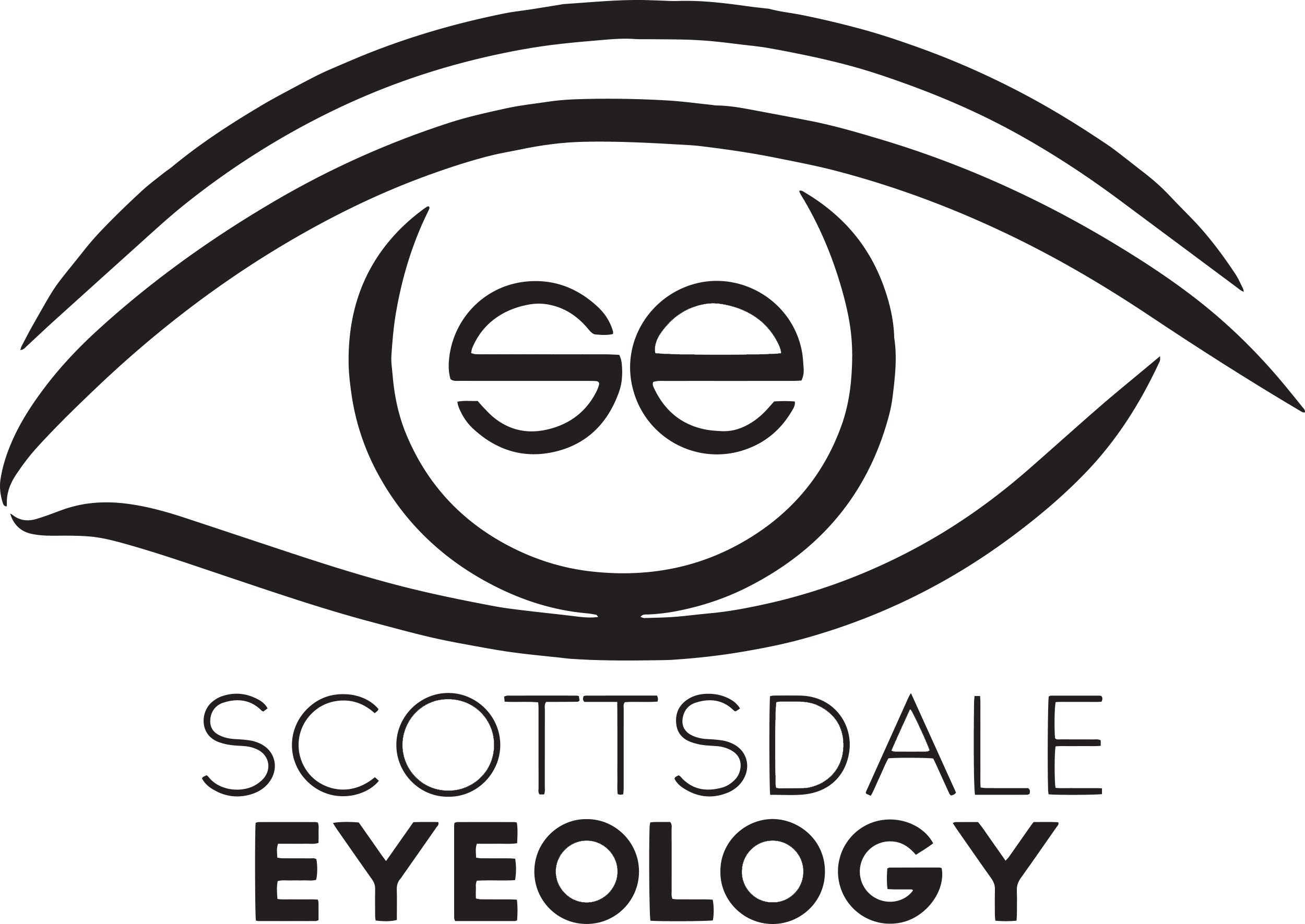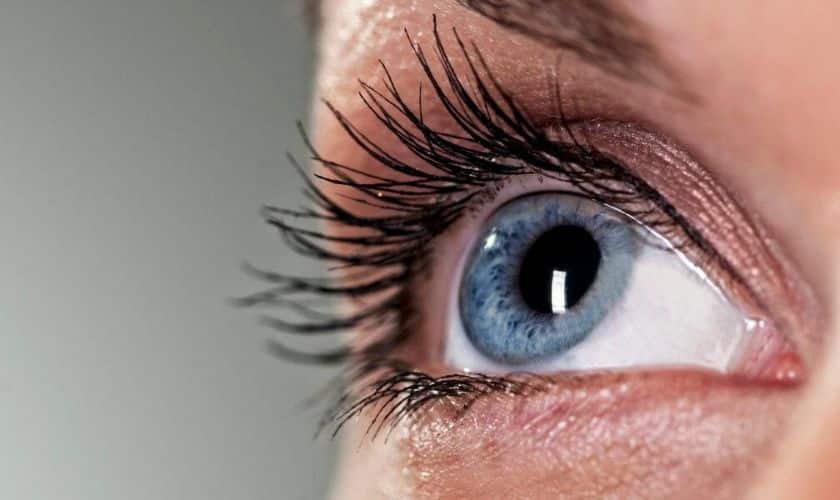Cataract is a common condition that affects millions of people each year. It occurs when the lenses in your eyes become opaque, resulting in blurry and distorted vision. If left untreated, cataracts can lead to blindness. Understanding the warning signs of cataracts is essential to get prompt treatment and preserving your vision health. Here are five warning signs that you may have cataracts and what to do next if you spot them in yourself or someone else.
1. Blurry Vision
The most obvious sign of cataract development is blurred vision. You may also experience difficulty seeing clearly at night or need to rely on brighter lighting for reading than before. Blurred vision should not be taken lightly, as cataracts can improve with treatment and surgery.
2. Sensitivity to Light
Photophobia – the medical term for sensitivity to light – can signify that cataracts develop in your eyes. Sensitivity to bright light is another common symptom of cataracts. You may experience burning or stinging around your eye area from exposure to sunlight, as well as headaches and squinting when out in bright conditions.
3. Halos Around Lights
If you’re starting to see halos or rings around lights, it could be an indication that cataracts are forming. It happens when the focal point of the lens starts changing due to cataract opacity, resulting in a halo effect on lights or objects.
4. Colors Appearing Dull
Another cataract symptom to be aware of is noticing colors appearing dull. As cataracts start to form, they filter out some wavelengths of light, causing a hue and saturation change in the colors you see. When this occurs, bright colors such as blues and greens will appear more faded than before.
5. Double Vision
Double vision (or diplopia) occurs when cataracts cause your eyesight to become misaligned, resulting in two separate images being seen simultaneously. Seeing double can also be caused by cataracts developing in one eye. This symptom is worth noting down as it may indicate cataract development in one eye or both.
Final Words
These five warning signs of cataracts can help you recognize when cataracts may be developing in your eyes. Suppose you’ve experienced any of the above symptoms. In that case, it’s strongly recommended that you visit an eye specialist for a checkup, as early detection and treatment are crucial to preserving your vision health. Cataract surgery may also be needed to remove clouded lenses from the eye and replace them with artificial ones.
Cataract surgery is a procedure used to treat cataracts by removing cloudy lenses from the eye and replacing them with artificial intraocular lenses (IOLs). The cataract is broken up and released with an ultrasonic probe during cataract surgery. Then, an intraocular lens (IOL) made of plastic or silicone is placed in the eye to replace the cataract-affected natural lens.
Cataract surgery involves replacing your natural lenses with artificial ones, which comes with some risks. These include infection, retinal detachment, and cataracts reoccurring over time. However, the success rate for cataract surgery is very high at around 95%, according to studies.
You can make various lifestyle changes to reduce your risk of cataracts. These include protecting your eyes from UV light with sunglasses, eating a balanced diet rich in antioxidants, and avoiding smoking. Taking regular breaks from screens can also help to protect your vision health.


